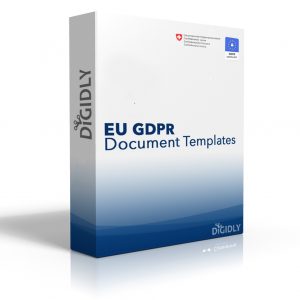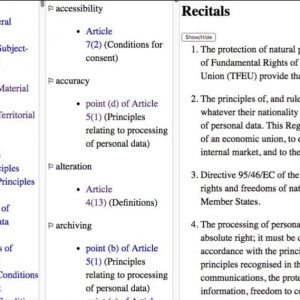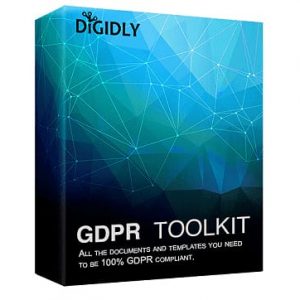The Concept of Data Portability
Data Portability: Exporting and importing your data
Let’s, let’s pick an example like Spotify. So, I can say to you, I no longer wish to be a customer, but first of all, give me all my data in a nice easy to read form. So that’s the kind of thing that Facebook has been struggling with over the years. It’s kind of nice human-readable outputs of what data you’ve got on me. But the second aspect of portability says that “well, okay, I’d now like to go to one of your competitors”. Let’s say Google music, and you’ve now got to export the data you’ve got on me, send you to Google yourselves in a readable format that they can import, let’s say XML and Google. So, Google music, you’ve now got to have the ability to import that data. So, any data controllers out there, they’ve now got to do these kinds of three things.
GET OUR COMPLETE TOOLKIT
They’ve got to be able to give access to your data and a human-readable format, but also be able to export and import that. This is all very new for most organizations and those, companies that were lying, their stickiness of holding customers because of the data you’ve got on them.
Let’s say your Spotify playlist or your music history, that no longer is that. So, a competitive advantage, this fantastic for many small organizations is to say, “hey, you know, we’re a small health provider. We’re a small mortgage provider. You can now come to us, import your 30 years of data from your previous health provider, and it’s going to be nice and easy for you at no cost.” That’s going to be helpful. And that’s why we’re seeing some companies move very quickly into the GDPR compliance world.
GET OUR COMPLETE TOOLKIT






